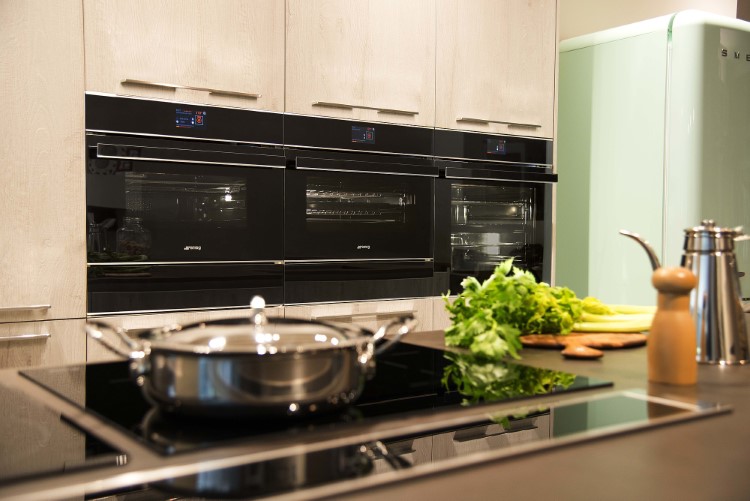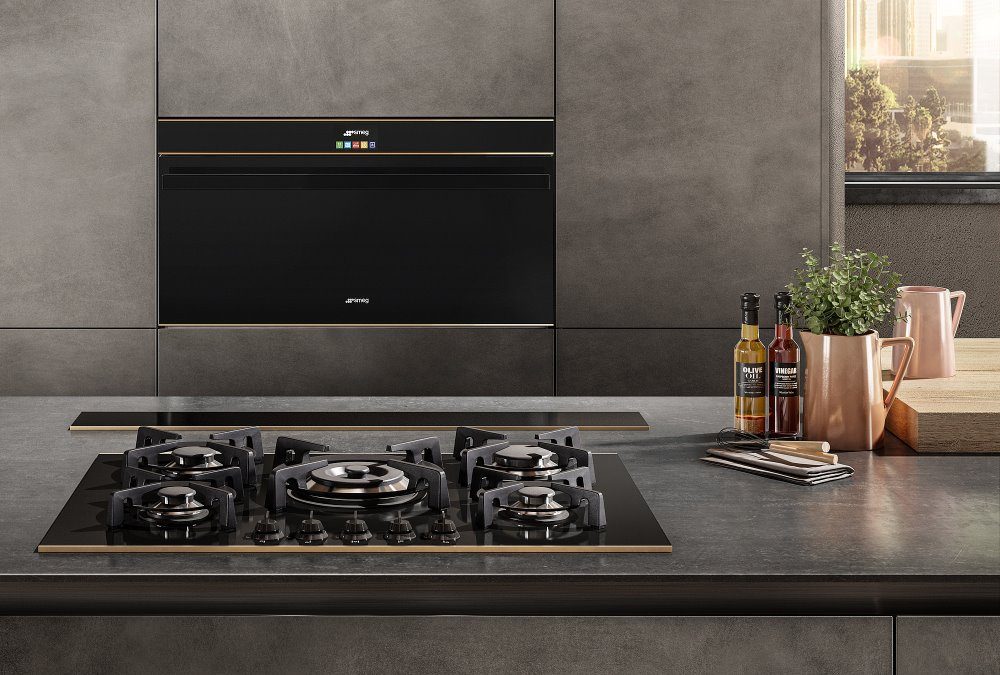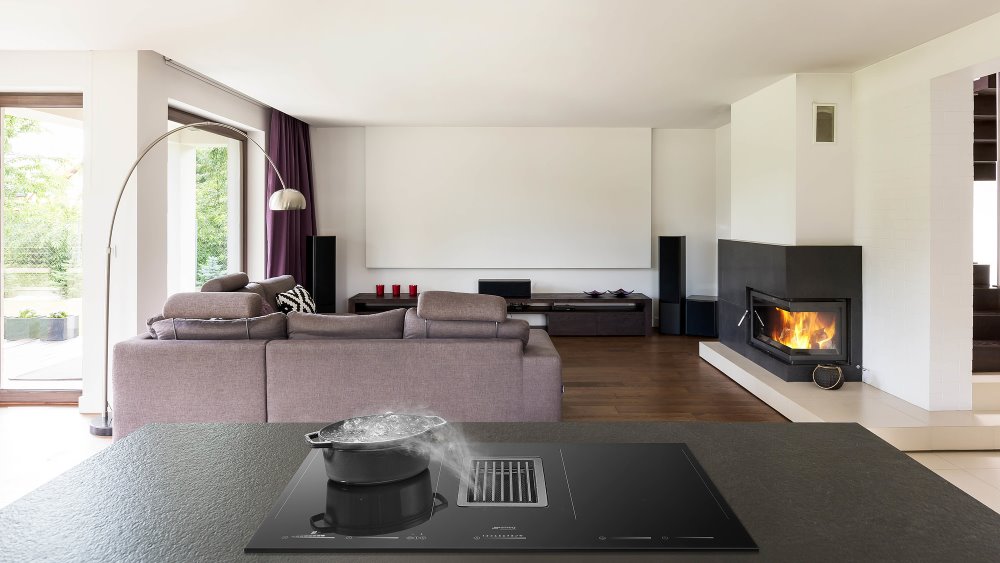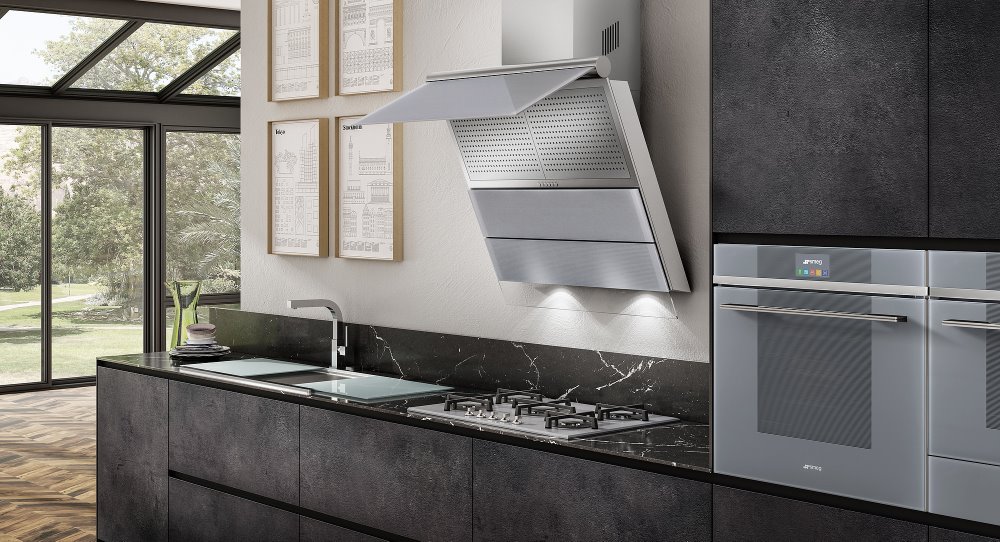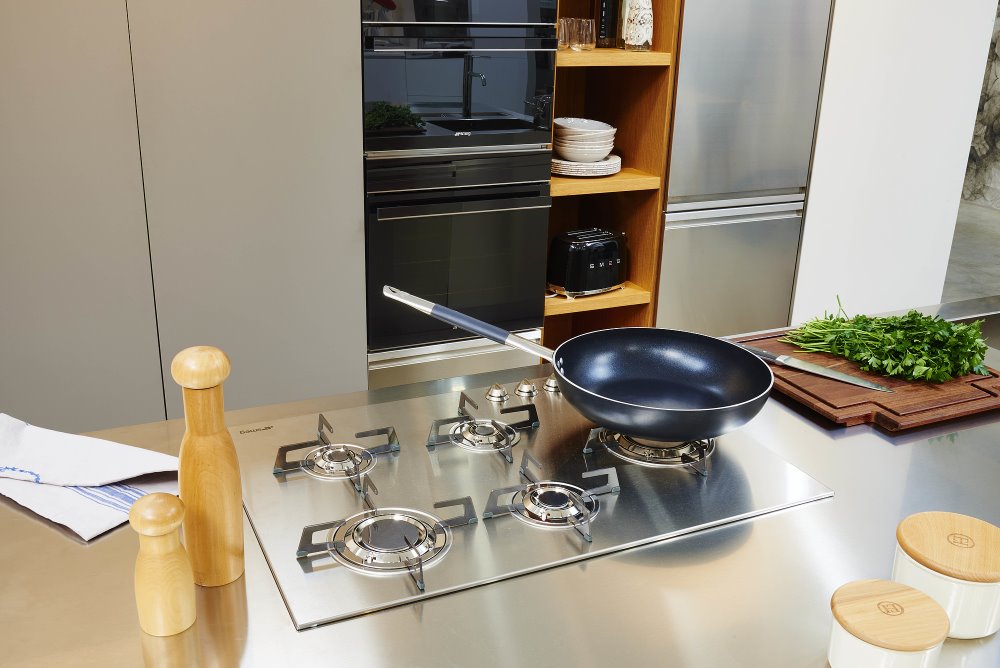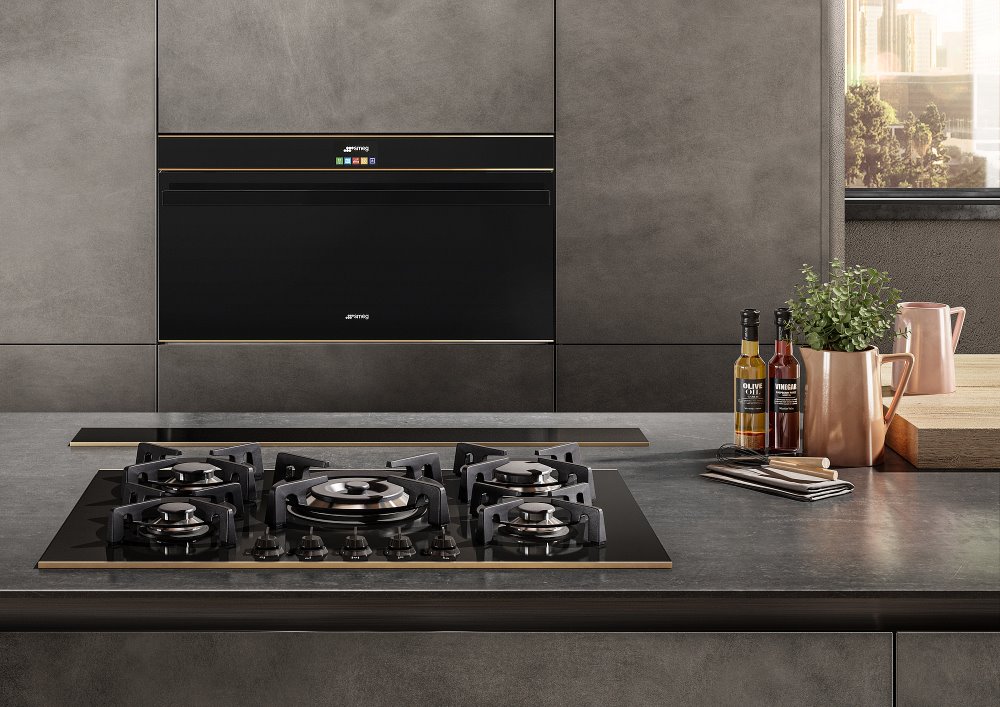Induction or gas hob? It’s a very commonly asked question by clients when they’re working with one of our designers on their project.
Deciding whether to choose between an induction or gas hob for your new luxury kitchen can be a challenge – or even if you’re just planning on replacing old appliances.
From cooking style to cleaning, from energy efficiency to safety: there a number of things to think about before you make a decision.
With this guide, we’re here to help you decide whether to go for a gas or induction hob to see which is best for you and your requirements as you plan your new bespoke kitchen project. Be sure to also consider how the hob will work with your worktops – there are a number of fantastic heat-resistant worktops available for those who like the minimalist look.
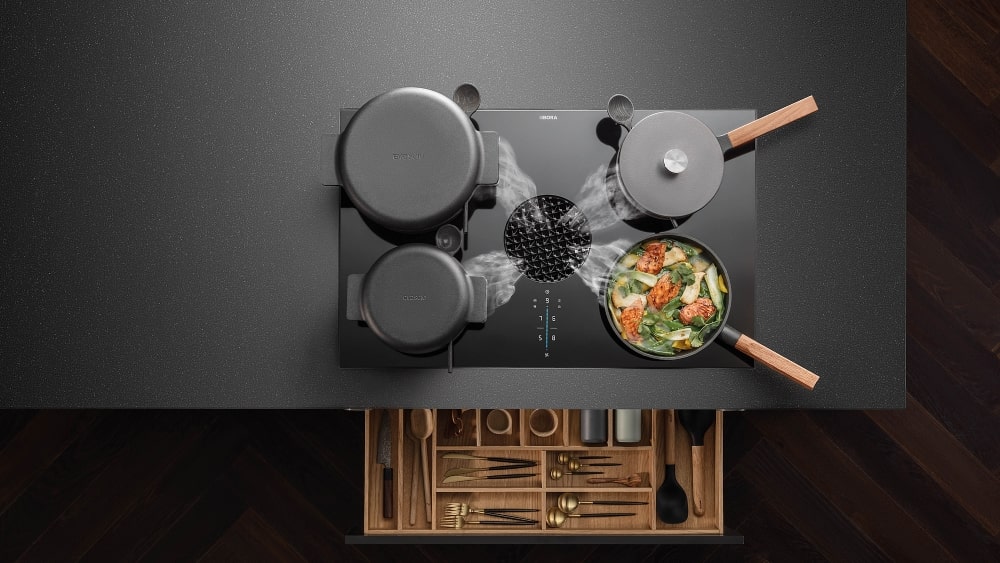
Induction hob by BORA
What is an induction hob?
Incredibly, induction hobs have been around since the 1970s, although they’ve only gained popularity in the UK since the mid-2000s as kitchen designers and kitchen owners have adopted them.
Whilst the hob itself remains cool to the touch, the induction process sends the heat directly into the base of the pan, which means there’s less risks of getting burns or damaging something you might leave on there accidentally.
How do induction hobs work?
An induction hob intelligently uses electromagnetism to heat up and cook. Underneath the hob itself, there are induction coils that are made from copper wiring. As electricity is passed through these coils, a magnetic field is created.
When the hob is switched on, the high frequency alternating magnetic field is created between the element and the pan, which will have a magnetised base.
The electromagnetic field then travels into the pan and generates a current inside it. And it’s that current inside the pan that generates heat and transfers to the food.
This means that only your pan heats up, rather than your entire hob. If you put a pan on an induction hob that isn’t magnetised, it won’t heat up.
An induction hob tends to pair particularly well with a modern kitchen.
Credit: Smeg UK
How about a gas hob?
Most people are familiar with gas hobs (although the numbers of households in the UK using them is falling). As you turn the knob on the hob, gas is released through the burner rings which is then ignited by the lighter spark. It’s that click click sound we all know so well.
But which style of hob you choose for your new luxury kitchen, will depend on a number of factors.
When choosing between induction or gas hobs, probably the most important factor to consider is: how do they compare when it comes to cooking?
What are they like to cook with?
Ask most professional chefs and keen cooks and they’ll probably say they prefer gas. In fact, Kesseler ambassador and Masterchef winner Lawrence Henry is a gas man.
“I’m also a big fan of a proper burner, a gas hob. I think the induction stuff looks amazing and is really cool in a modern kitchen, but for me, in a professional environment, you can’t beat good old flames.”
It all comes down to how easy it is to turn the temperature up and down, simply by reducing the power of the flame. Turn the flame right down when you want to simmer and turn it up when you need high heat, such as wok cooking.
The actual temperature can be hard to gauge though, and you may have to ‘keep an eye on it’ as you cook. An induction hob is actually far more accurate and controllable. You can set the temperature with a touch of a button and ensure the temperature is exactly the same every time.
Gas hobs are faster at heating up then induction hobs because you get an instant flame. But does that mean your food is cooked faster with a gas hob? Interestingly, no. An induction hob is quicker at heating food because it’s more efficient at distributing the heat it produces.
In 2021 the people at Which.co.uk did a test using the some of the best gas and induction hobs on the market, to see which one would bring a pan of water to the boil fastest.
The gas hob took an average of 9.69 minutes to boil, but the induction hob took just 4.81 minutes.
The fastest induction hob they tested took just over three minutes to boil, which is about the same as some kettles!
When it comes to cooking, we’re calling the induction vs gas hob debate a draw.
Design & Appearance
The minimalist, low profile of an induction hob always looks good in a sleek, modern kitchen. And they’re available in range of shapes and sizes too.
Whereas a gas hob tends to suit more traditional style kitchen designs. That’s not to say you can’t have a gas hob in a contemporary kitchen or vice versa.
A stainless steel gas hob from SMEG, for instance, looks stunning in a modern premium kitchen design. And more gas hobs are coming on to the market that have a tempered glass covering, if you’re looking for cleaner lines.
Ultimately, if you’re wanting to create a high quality kitchen then you will want to ensure you have premium appliances that will stand the test of time and help you deliver outstanding meals.
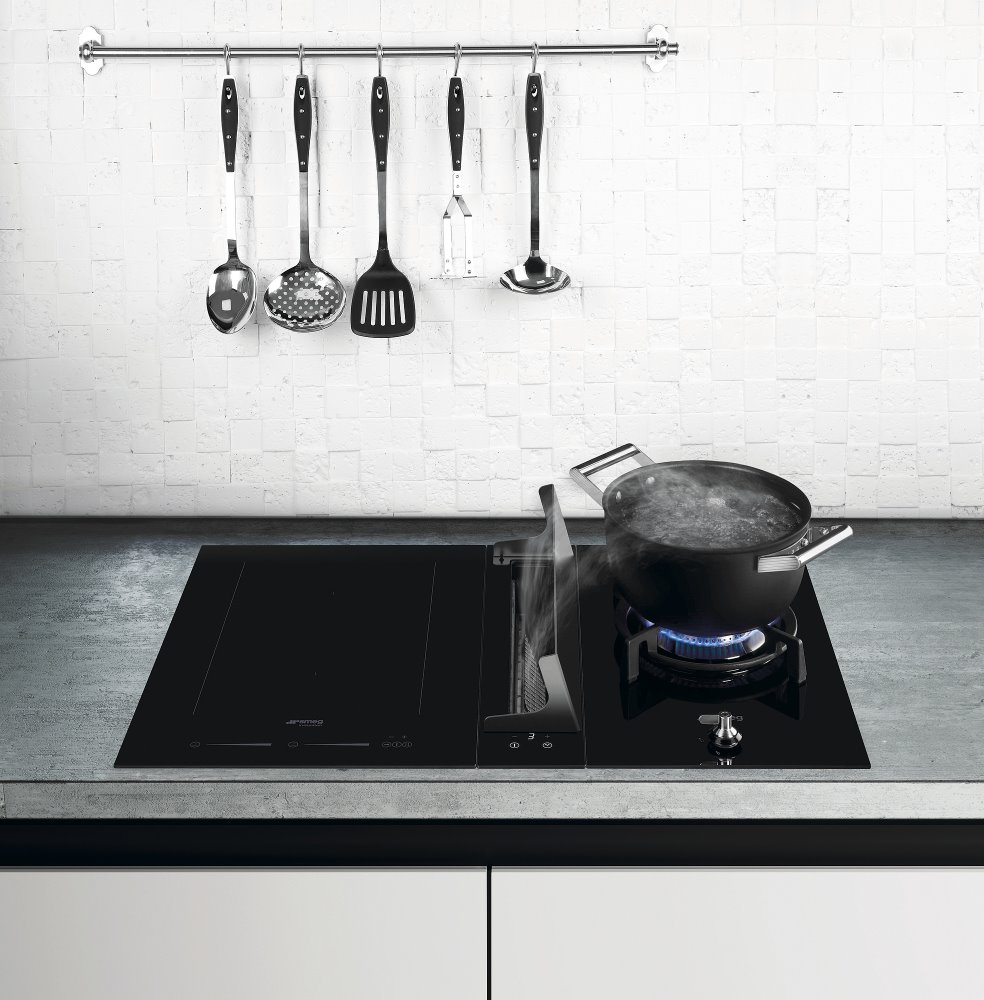
Cleaning
Nobody enjoys cleaning their kitchen, except those who find that sort of thing therepeutic. But it’s a necessity (unless you hire a cleaner) so when trying to decide whether an induction or gas hob is best, the ease of cleaning will also be a factor.
It’s the flat, minimalist design of the induction hob that makes it incredibly easy to clean too. All you need to do is wipe down your hob after you’ve used it, in much the same way you would your worktop.
As an induction hob doesn’t get hot, you won’t need to scrape off any baked on food spills either.
Purchase price
When it comes to purchasing the appliance, a gas hob is still generally cheaper to buy. In October 2023 we used popular appliance retailer AO.com to study the average pricing of gas and induction hobs. As a luxury kitchen manufacturer we looked exclusively at large 75cm hobs by premium manufacturers Smeg, Miele, AEG and NEFF.
At the time of the study there were 11 gas hobs available, with a price range of £377 – £780. There were also 11 induction hobs available, with a price range of £579 – £2269.
The appliances at the higher end of the range contained their own built-in extraction & venting systems meaning you would not need overhead extraction, a requirement (and additional cost) for a gas hob.
Running costs
An induction hob will generally be more energy-efficient compared to an equivalent size gas hob. Faster cooking times with an induction hob result in less consumption of energy and also lower carbon emissions too if you want to consider your environmental impact.
When cooking with induction, almost all of the energy goes into the pan and the cooking process, with very little residual heat escaping into the room. Comparitively with gas, more heat escapes into your kitchen and less of the energy goes into heating the pan. According to glass manufacturer Schott who make the glass for many induction hob manufacturers, on average in their study it took 4 minutes to boil a pan of water on an induction hob, compared to 8 minutes with gas.
However, this is not the full story, because the price for a unit of electricity is much higher than the price for a unit of gas. According to research from Defra (the Department for Environment, Food & Rural Affairs) the average power consumption to cook identical chicken stir-fry dinners was 0.67kWh for gas, costing 4.69p and 0.32kW for induction, costing 8.96p.
This study was conducted in 2008 and based on the average unit prices for both energy sources at the time, but the difference between the unit prices is similar today (albiet higher values).
Induction-based cooking is quicker and more energy efficient, but in real terms does usually cost more – so it’s important to consider what really matters to you.
But there are other costs to consider, especially if you decide to swap from one type of cooking to another. If you want to have a gas hob and you don’t already have a gas supply to your property, having one installed could be costly. And if you’re opting for an induction hob, that could mean rewiring the kitchen.
If you’re planning a new kitchen, this is less likely to be an issue as you will be undergoing major renovations in the space anyway. The primary considerations should always be your personal preferences and how you want to use the appliance, whilst also taking into account the energy efficiency.
Cookware for a gas or induction hob
Talking of costs: you may need to splash out on a whole new set of pans if you opt for an induction hob. As induction hobs work on electromagnetism, the bottom of the pans needs to be magnetic, otherwise, they won’t work on the hob.
Pans made from copper, stainless steel, aluminium or glass are unsuitable for induction hobs, unless there’s an induction plate on the bottom. And curved pans won’t work either, so you’re not going to great results if you cook a stir-fry using a traditional wok.
Good quality, flat, heavy-bottomed pans made from cast iron are perfect.
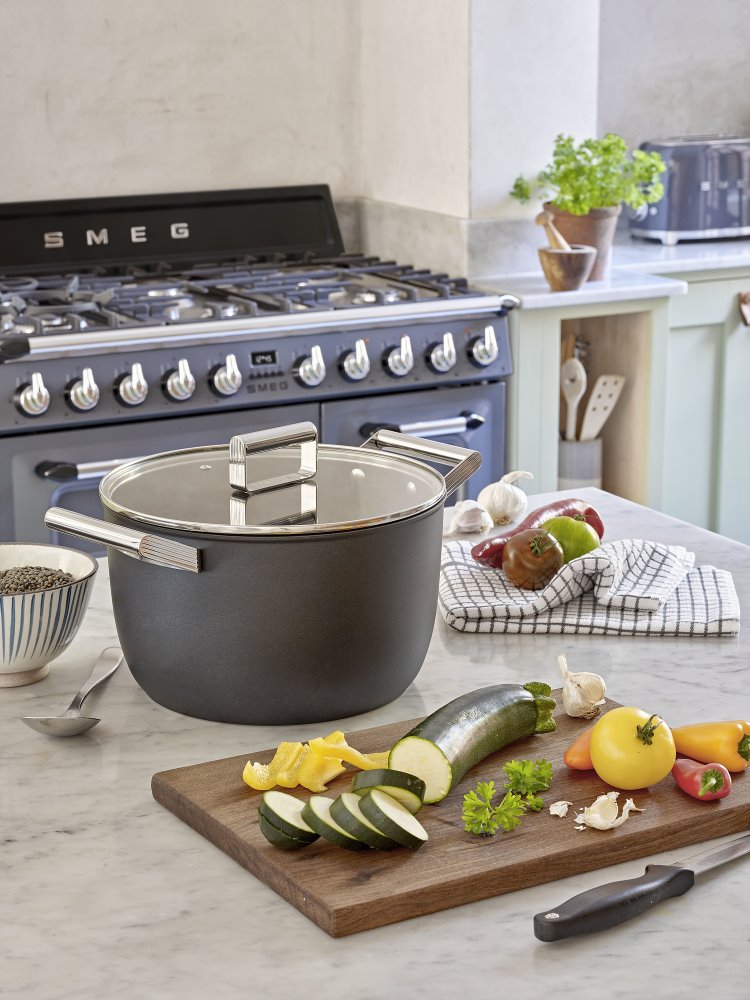
Safety first
When it comes to safety, an induction hob wins hands-down. Which is why they’re so popular for family homes with small children.
As we already know, it’s the pan that heats up not the hob. So there are no hot surfaces that can burn small hands. In fact, you can put a tea towel right on top of an induction hob and nothing will happen. The same can’t be said about the naked flames of a gas hob.
Induction hob child-lock safety features also mean the hob can’t be turned on by accident. And if a pan is removed from the hob it will automatically switch itself off. It’s true that some gas hobs do have safety features, such as turning off the gas if it fails to ignite.
But overall the induction hob is the winner of the safety category.
Energy efficiency & the environment
And lastly, what are the differences between a gas hob and an induction hob when it comes to energy efficiencies?
An induction hob is powered by electricity which can use renewable energy sources. Whereas gas hobs are powered by natural gas, which is a fossil fuel that produces greenhouse gas emissions and contributes to global warming.
As a result, the government is committed to going greener and reducing emissions, by phasing out the installation of gas cookers and hobs in new build homes by 2025.
Induction hobs are far more efficient too as they use all of the heat that is generated. And because induction hobs cook at a faster speed too, that also saves significant energy over time.
Gas hobs are less efficient because so much of the heat generated is lost round the sides of the pans. And when heat is lost into the environment it takes more energy to cool it, such as fans or ventilation. If you’re thinking about the environment, an induction hob is the way to go.
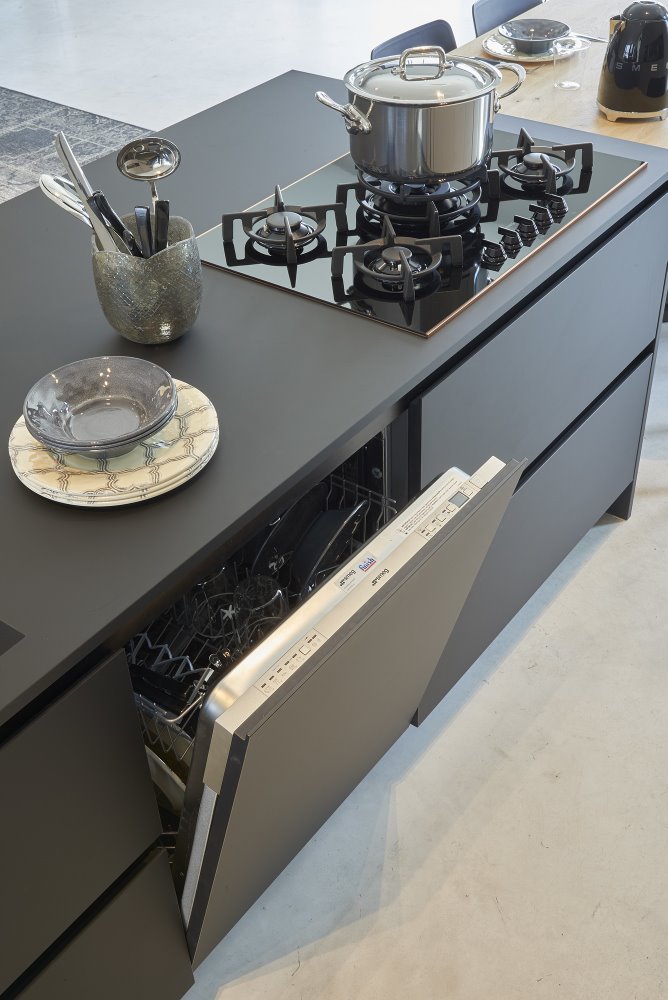
Gas or induction hob: conclusion
So overall what’s the best option to choose? Think about how you like to cook, what dishes you like to cook, how much space you have and your budget.
If you have a more traditional style kitchen, you already have a gas supply, you have pans you’re particularly fond of and you simply prefer cooking with gas, a gas hob or range is probably the one for you.
If you’d prefer something that’s modern, child-friendly, easy to clean, cooks your food quickly, is more energy efficient and looks good alongside your slick appliances, an induction hob is your best option.
Whatever your cooking style or kitchen design aesthetic, there’s a perfect hob for you.
If you’re planning your dream space and would love a beautifully-built British kitchen supplied with a Lifetime Guarantee, speak to us or find your local kitchen showroom today.
YOU MAY ALSO BE INTERESTED IN...
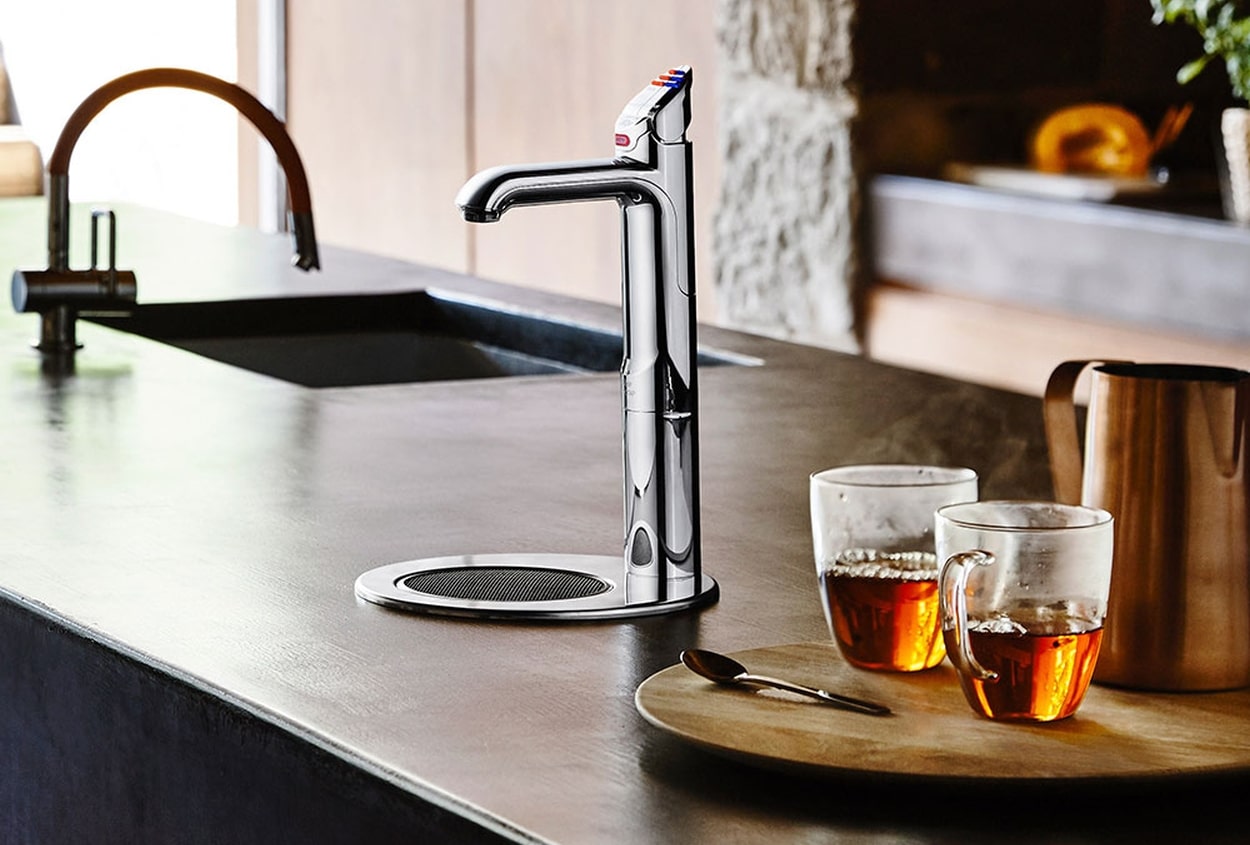
Boiling water taps: which is best?
